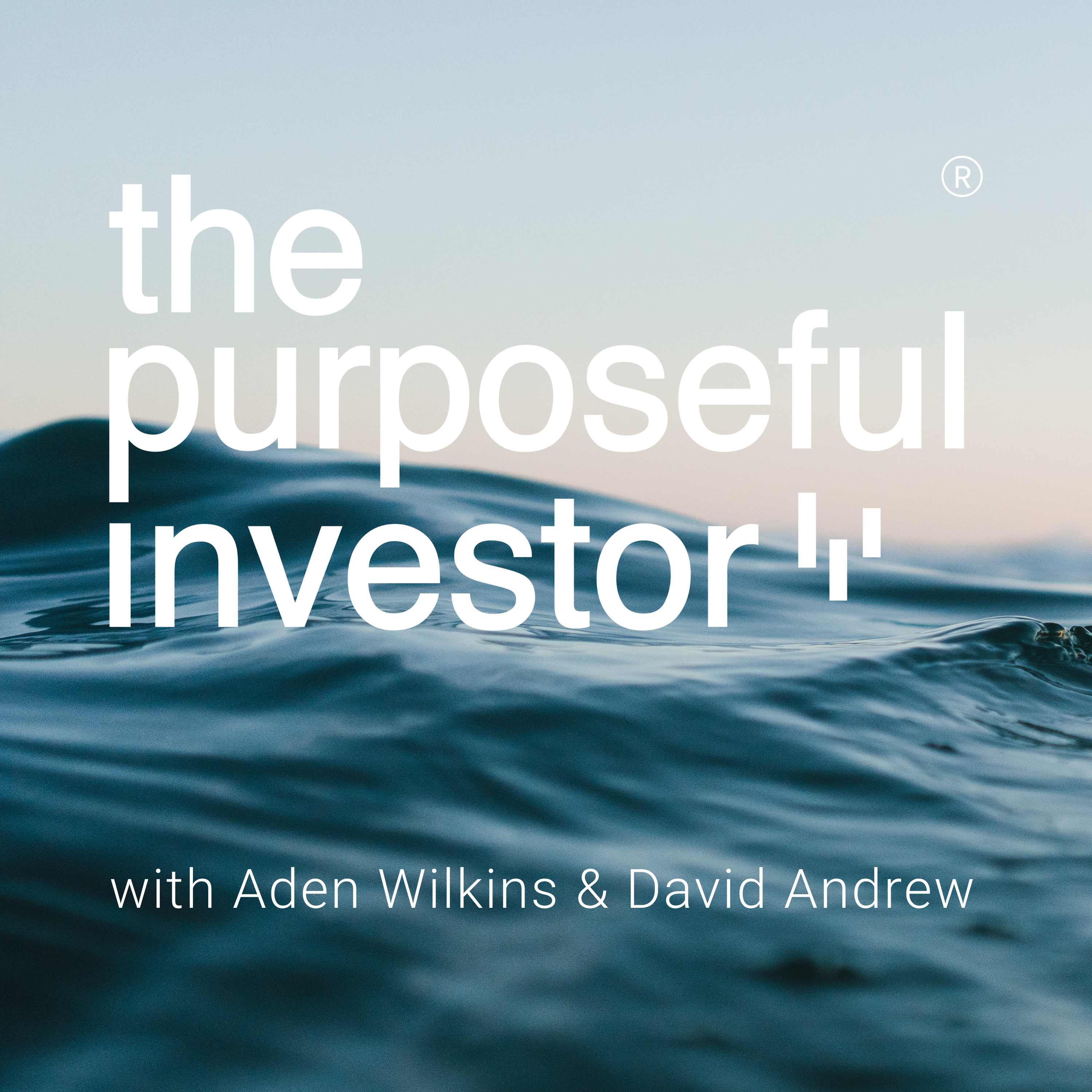Every six months, they bring out what is called a SPIVA scorecard for funds in different parts of the world.
It consistently shows that over time, relatively few funds succeed in beating the market.
S&P Dow Jones Indices use a local market database to first identify all the active funds that have been operating in a category such as UK equities or Danish equities or US large caps.
These results will report several statistics.
When the report is generated most people tend to focus on the top-line number, report one, which reports the percentage of funds that beat the benchmark.
Proponents of active management often say the SPIVA data is good, but what if you can identify future winners in advance?
However, something else that SPIVA shows is picking future winners based on past performance is extremely difficult.
There are other ways to identify active managers except for past track record. But, if skill exists and is identifiable, you would expect it to turn up in prior performance.
As with all data, it’s important to look at where it comes from. Because it makes its money from licensing indices to fund managers.
S&P Dow Jones Indices has benefited from the growth of passive investing.
So, can it be trusted?
“We have benefited, as a company, from a trend towards greater transparency and passive investing, because people are using our indices as the basis for investment products.
“Having said that, what we noticed a while ago was that the debate around where indices might be a good idea or where passive fits in the portfolio was conducted in a very emotional context: “I think this is good”, “Index Funds are un-American” or, whatever it is”.
“What we wanted to do with SPIVA was to inform the debate”.
If you haven’t yet seen a SPIVA report for your part of the world, it’s having worth a look.



